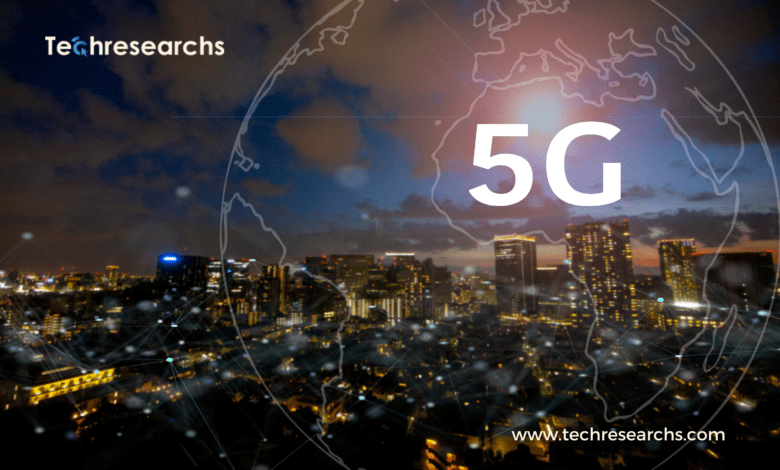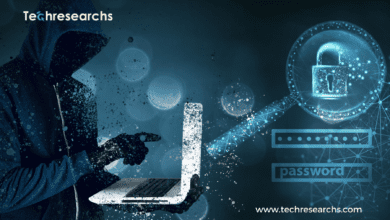Revolutionizing Remote Surgery with 5G Technology


Introduction: Remote Surgery 5G
The field of medicine has been advancing at an unprecedented pace, with technology playing a pivotal role in driving innovation.
One of the most promising developments in recent years is the convergence of remote surgery and 5G technology.
The fifth generation of cellular networks, known as 5G, holds the potential to transform the landscape of remote surgical procedures, offering real-time communication, enhanced video streaming, and unprecedented levels of precision.
In this blog, we delve into the intersection of 5G and remote surgery, exploring how this synergy is shaping the future of healthcare.
5G’s Low Latency: Paving the Way for Precision
Latency: The Unseen Hurdle: One of the primary challenges in remote surgery has been overcoming the inherent latency in data transmission. Previous generations of cellular networks often introduced delays between the surgeon’s actions and the robotic instruments’ responses.
This delay could be a matter of milliseconds, but in surgery, precision is paramount. Any lag can compromise the surgeon’s ability to perform intricate maneuvers accurately.
5G’s Game-Changing Low Latency: Enter 5G technology with its ultra-low latency capabilities. With latency reduced to a bare minimum, surgeons can remotely control robotic instruments with near-instantaneous responses.
This breakthrough eliminates the previous concerns of lag, making delicate procedures more achievable from a distance. The surgeon’s virtual hands become an extension of their expertise, moving in tandem with their intentions.
High-Quality Video Streaming: Visualizing Excellence
Seeing is Believing: In surgery, clear visualization of the operating field is crucial. Surgeons must have a real-time, high-definition view of the patient’s anatomy to make accurate decisions and perform procedures effectively. Traditional networks sometimes struggle to maintain the required video quality, hindering the surgeon’s ability to assess the situation optimally.
5G’s High-Quality Streaming: 5G’s high data speeds and capacity enable seamless, high-definition video streaming. Surgeons can now receive crystal-clear, real-time visuals, allowing them to analyze the surgical site with unparalleled precision. This enhanced visual feedback translates into better decision-making and more successful outcomes.
Stability and Reliability: A Steady Hand Across Distances
Navigating Connectivity Concerns: Remote surgical procedures often involve a delicate balance of skill and technology. A stable and reliable network connection is crucial to ensure uninterrupted communication between the surgeon and the robotic equipment. Connectivity issues, such as dropped connections or lag spikes, could jeopardize the patient’s safety and the success of the surgery.
5G’s Resilience: 5G networks are designed with stability and reliability in mind. They offer a more robust and consistent connection, minimizing the risks associated with disruptions during critical procedures. Surgeons can operate with confidence, knowing that the technology supporting them is as dependable as their hands in an on-site surgery.
Advanced Robotics and Haptics: A Touch of Precision
The Touch Factor: Surgery is not just about sight; it’s also about touch. Surgeons rely on haptic feedback—the sense of touch—to gauge the tissue’s texture, tension, and other important factors. In remote surgery, replicating this tactile experience has been a challenge.
5G’s Enhanced Control: 5G opens doors to more advanced robotic systems and haptic feedback mechanisms. Surgeons can remotely control robotic arms with increased precision, mimicking their natural movements. Furthermore, haptic feedback technologies can transmit tactile sensations across the network, allowing surgeons to “feel” the surgical site from a distance.
Remote Expertise: Bridging Skill Gaps
Global Expertise, Local Impact: Medical expertise is not evenly distributed across the globe. Some regions lack access to specialized surgical care, leaving patients with limited options.
Remote surgery powered by 5G can bridge this gap by enabling experienced surgeons to guide and assist their counterparts in underserved areas.
5G’s Knowledge Transfer: Skilled surgeons can remotely collaborate, offering real-time guidance during surgeries. This mentorship model allows less-experienced surgeons to benefit from expert insights, ultimately improving their skills and patient outcomes. Geographical boundaries no longer limit the exchange of knowledge and expertise.
Learn more about 5G Use Cases in the Healthcare Industry
Conclusion: Remote Surgery
The integration of 5G technology into remote surgery represents a monumental leap forward in the field of medicine.
With its low latency, high-quality video streaming, stability, and enhanced control, 5G addresses many of the challenges that have traditionally hindered remote surgical procedures.
This convergence opens up possibilities for global collaboration among medical professionals, increased access to specialized care, and improved patient outcomes.
While the potential benefits are immense, it’s important to acknowledge the complexity of implementing such technology.
Data security, privacy concerns, and regulatory approvals must be carefully navigated to ensure the safety and success of remote surgeries.
As we move forward, the continued research, development, and refinement of 5G-powered remote surgery will undoubtedly reshape the way we think about surgical care and expand the horizons of what’s medically possible.







